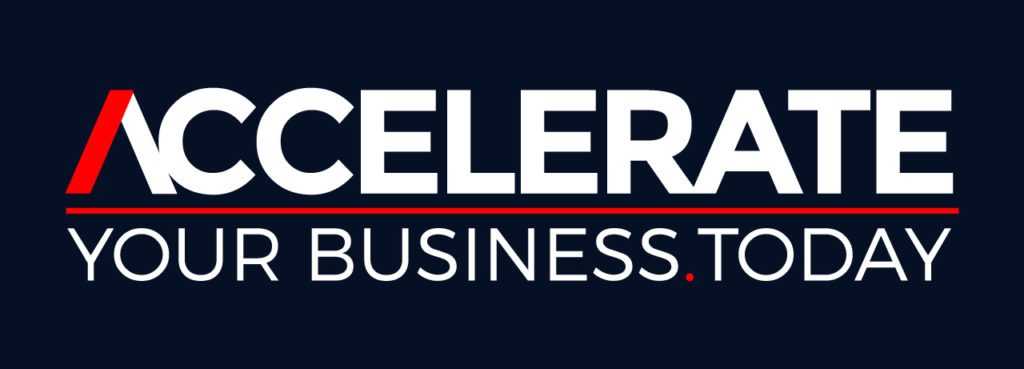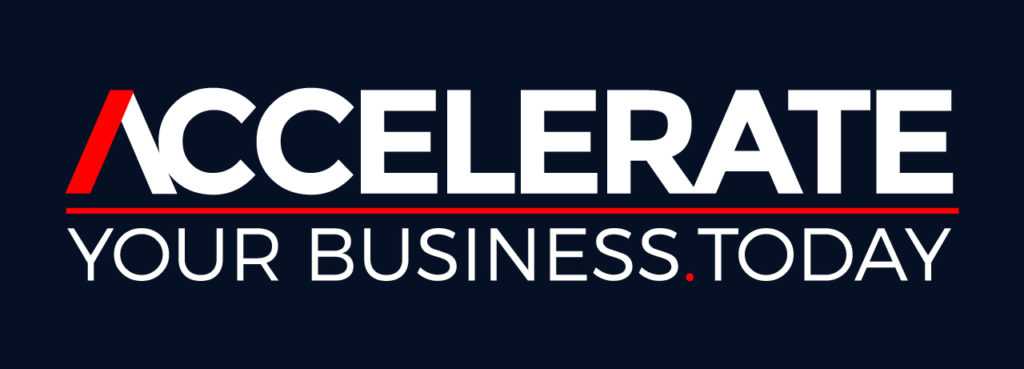This newsletter is part two of a series. It was first published last Friday. For those who have read Friday’s newsletter – scroll down to MONDAY to continue.
Every business seeks a competitive advantage that accelerates profits and total shareholder returns.
Some businesses create long-term shareholder value across the short, medium and long-term horizons.
Few businesses optimise and maximise high-value exits – selling their business at the right time for maximum goodwill. The core question for directors and shareholders is your business’s endgame strategy.
Selling a business for small and medium businesses is often emotional – but for others, they are strategic chess players – with one aim – the buyer pays a premium for their business.
Day-to-day optimising operations – margin improvement – revenue operations, and maximising net profits are vital day-to-day hand-to-hand combat for every business.
This Advanced Growth Framework study of 25,000 businesses globally, representing 98% of the global market capitalisations, found that buying-selling, mergers and acquisitions in industries are predictable well in advance. A.T. Kearney’s endgame analysis provides significant insights.
If your business knows in advance how, when and what to do to strengthen the value to maximise its final sale price – it can optimise its asset management to time and sell at the highest point.
Making it through the four stages is primarily a game of speed; the fastest business wins. The core strategic question is to determine can your business be a leader and survivor or if the wiser course is to be acquired or even opt-out and sell.
Or, as they say in the military – will your business be the king of the shits or shit of the kings?
Four Stages
- First-mover advantage: First-to-market companies frequently establish their product as the industry standard. They are the first to reach customers and leave a lasting impression, leading to accelerating brand recognition and loyalty. They control resources, such as locating strategically, establishing premium contracts with key suppliers, or hiring the most talented employees.
- Be faster advantage: Economies of scale can be achieved rapidly by acquisition-focused competitors. One of the primary benefits of internal economies of scale is lower costs, which allow businesses to improve their price competitiveness. Economies of scale lead to higher profits, a higher return on capital invested, and a foundation for business growth. As it grows, a company becomes more solid and less vulnerable to external threats, such as hostile takeover bids. It is one of the essential benefits of economies of scale for industries because it increases the share price of the company as well as its ability to raise new financing.
- Defence advantage: A company’s defensive strategies to thwart a hostile takeover can have a significant impact on its shareholders, including, in some cases, a drop in shareholder value. Being acquired or awaiting new developments and reacting may be the best approach.
- Change the game: Globalisation, new technologies, increased transparency, and privacy legislation changes all deliver a constant feeling of continuous disruption. Those businesses that thrive now do so by being faster, detecting and responding to new growth opportunities daily and embedding new products and services faster than their competitors can.
Big Leadership Changes
- Different leaders suit different stages of growth.
- Empirical evidence identifies that deal-maker skills and bold leadership traits suit stages 1 and 2.
- Stage 3 and 4 CEOs are shrewd chess players and portfolio managers.
- Many businesses entering stage 4 deploy a spin-off growth strategy from their core business.
- The spin-off business typically launches new industries or sub-industries, creating new opportunities for the spun-off business to fuel future growth.
The board aims to better match your leadership team skills for the correct growth stages.
How can a business survive and thrive during the industry’s evolution stages?
The answer from the research of 25,000 businesses is that it must acquire or merge other businesses —it cannot solely rely on its organic growth.
- There is no optimal or maximum company size— survival requires every business to grow continuously.
- Mergers are inevitable if a business wants to outgrow its competition – a must to maximise value for the future.
- There are few to almost no protectable niche markets of size— almost all industries are now global.
- Learning how to integrate an acquisition or merger partner successfully is a core competence of successful businesses. Build the skill sets early. (i.e.to, arrive at a top 3 company)
- For a merger or acquisition to be successful, it should advance the resulting entity further along the curve.
Business history tells us that, in any (almost every) industry, consolidation will happen.
Future industry leaders belong to those who can master external ( M+A) inorganic growth.
What is your business’s growth plan?
Regardless of industry, there are always economies of scale – professional services -merging accounting firms to reduce the transaction cost and increase shareholder value.
MONDAY
In 1978, the Ly family fled a war-torn Vietnam.
Today, they are the largest privately owned bakery in the USA, generating an estimated $130M in revenue annually.
The core strategic question – they determined to be business leaders and survivors, not to be acquired too early – they want to maximise their endgame returns.
How did they do this?
- On arrival in the USA, the four Ly brothers found what work they could and pooled $40,000 to purchase a Bay Area coffee shop.
- They converted a failing coffee shop in 1978 into Sugar Bowl Bakery, with year one revenue of $200,000.
- Sugar Bowl took out a Small Business Administration loan to purchase a manufacturing facility in San Francisco and distributed it to local cafes, small markets, and convenience stores.
- They added another six bakery shops over the next few years.
- Ten years later, Sugar Bowl got another break. Costco began selling their produce at the warehouse club and still does.
- Sugar Bowl closed its seven bakery locations and focussed only on manufacturing.
- They reduced their 400 baked goods options to five: palmiers, madeleines, apple fritters, and Duet Bites.
- Sugar Bowl Bakery distributes to larger stores – Acme, Foodtown, Ralphs, and various convenience stores.
- They were the first baked goods distributor with certified organic, gluten-free, and trans-fat-free.
How They Win Today
Competitors that have expanded nationally in the past have cut costs with partially hydrogenated oils or other fill-ins.
- The Ly family focussed on quality before price.
- It profoundly differentiated them from their competitors – they only used real butter and traditional bakery ingredients.
- Retailers and their customers could see the value and taste the value.
- Sugar Bowl palmiers sell for up to 3x more than their competitors – making a higher ROI for retailers.
There are approximately 9,000 independent bakeries in the United States.
The Lyn family dominate the baked goods industry; one day, a buyer of their business will pay a premium for it because it ticks all the boxes.

